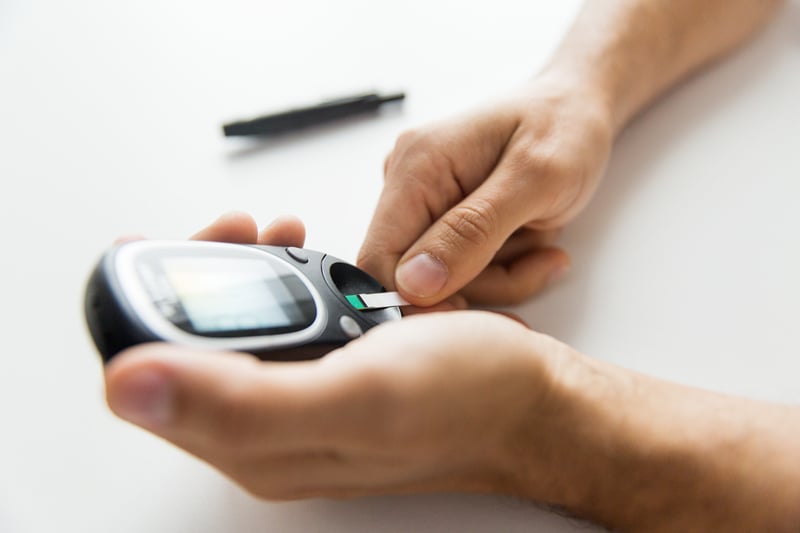5 Reasons to Take Diabetic Retina Health Seriously

Many people experience vision impairment in their life. Whether it be dizziness, near or farsightedness, or even blindness, changes in visual health are common, especially as we age. Some visual symptoms we experience are caused by diabetes, a disease that affects the glucose (sugar) levels in your blood. Over time, high levels of sugar in the blood can damage the blood vessels in your eyes, in particular the retina. This damage can impair the vision or lead to blindness, especially if left untreated. Diabetic eye disease takes many forms, and it’s important to know what to look out for in order to stay ahead of your visual health.
Blurry vision
Oftentimes, there are no symptoms of diabetic eye disease. The damage caused by high glucose levels in your blood can cause the tissue in your eye to swell, but you may not notice it at first. The most common early symptom people experience is a slight change in vision--whether you experience changes in your vision, or your vision becomes blurry over time, it’s important to get a dilated exam often.
Diabetic retinopathy
There are many kinds of retinal diseases, but diabetic retinopathy is the leading cause of blindness amongst American adults. Diabetic retinopathy affects the blood vessels in the retinal tissue, which can impair vision and lead to retinal detachment. When this occurs, the retina becomes dislodged from its position in the back of the eye.
Cataracts
When cataracts develop, the lens in the cornea of your eye becomes cloudy, which distorts your vision. Cataracts are very common, especially as people age. However, people with diabetes develop cataracts much younger and faster than those without diabetes.
Glaucoma
This group of eye diseases that cause damage to the optic nerve is what most associate with diabetes. Many experts believe glaucoma from diabetes occurs when blood vessels in your eye become damaged and your body grows new ones. When this happens, these new blood vessels block the area of your eye that drains fluid, causing build-up and pressure inside your eye. Like many eye conditions, early warning signs often aren’t very noticeable until the disease has progressed to a mature stage. Because of this, it’s important to get regular eye exams.
Diabetic Macular Edema
At times, diabetes can cause swelling in the part of the retina called the macular, which is the part of your eye responsible for central, fine-detail vision used in activities like reading or driving. DME typically occurs in people who already have symptoms of diabetic retinopathy.
In order to prevent irreparable vision problems, consulting with our experts is the best way to be proactive about your health. Talk to your doctor about ways to improve your condition in order to keep your eyes happy and healthy. Be sure to stay active and avoid excessive drug or alcohol use, as well as tobacco. If you have questions or to speak with a professional, contact us today.


